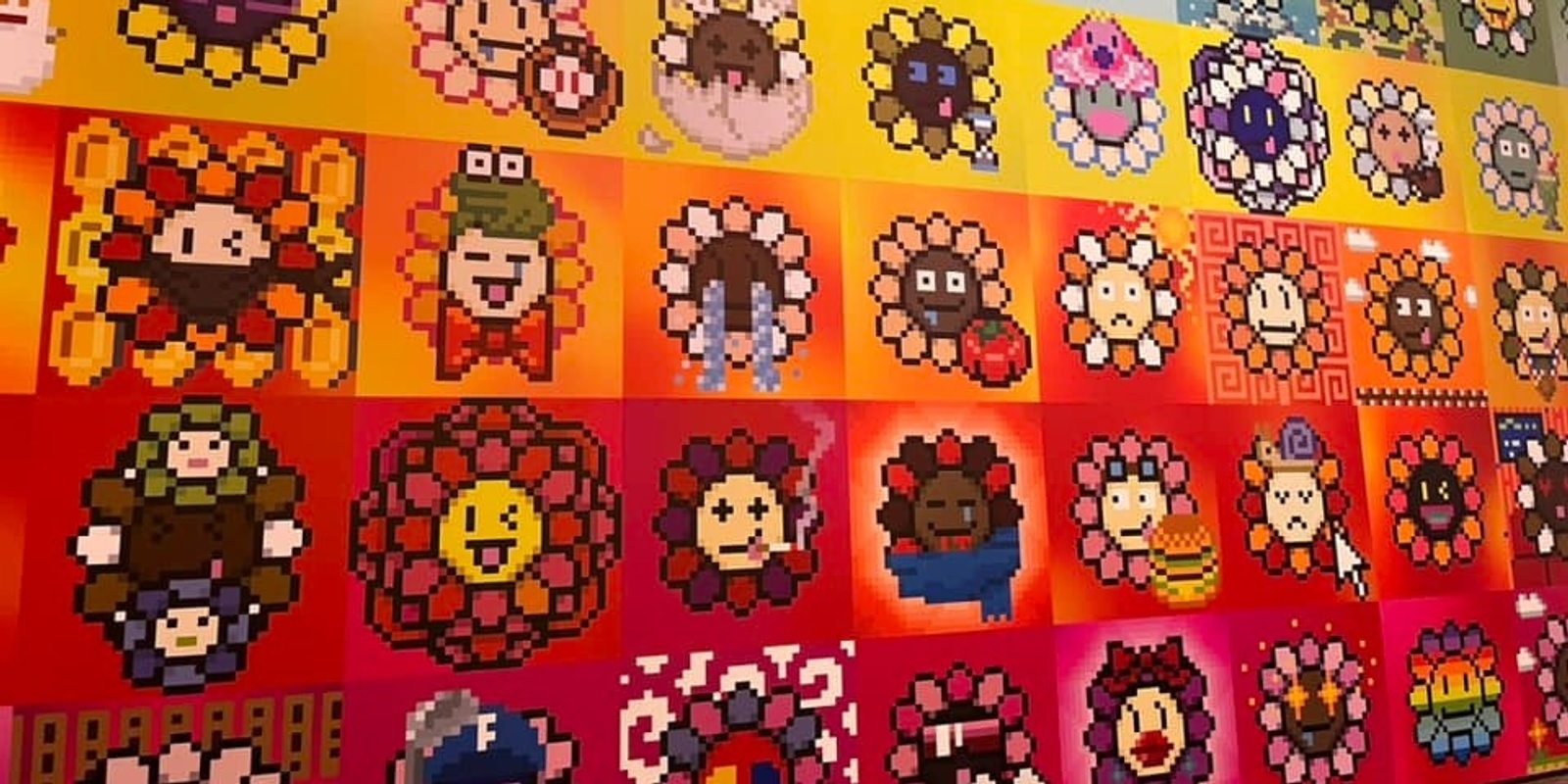![]() Yuri Ranbou, which I reviewed earlier this month here on Okazu, is not the only Yuri-themed board game developed by Stromatosoft. Here is Sisters of Dangerous Yuri Council, (ヤバ百合会の妹たち/ YabaYurikai no Imouto-tachi) an “Onee-sama-taking Yuri auction card game”!
Yuri Ranbou, which I reviewed earlier this month here on Okazu, is not the only Yuri-themed board game developed by Stromatosoft. Here is Sisters of Dangerous Yuri Council, (ヤバ百合会の妹たち/ YabaYurikai no Imouto-tachi) an “Onee-sama-taking Yuri auction card game”!
Set in classic Marimite-style Yuri world, it provides even more competitive gameplay (and more toxic Yuri) for up to five players. If this interests you, then please read on.
General Information
Players: 2-5
Time: 15 Min
Age: 7+ (Difficulty-wise, not content-wise)
In Sisters of Dangerous Yuri Council you become one of five ambitious first-year students at a prestigious girls’ academy, who all aim to become a member of the powerful student council. To achieve the goal, you have to gain the favor of four current council members. How? By having many meaningful times with them. Studying together, playing tennis doubles together, showing your strength, or “accidentally” showing your softer side……. But remember, you are not the only one who wants to get close to the four onee-samas. There will be conflicts, conspiracies, and some unexpected consequences.
All players start the game with fifteen “Action point” cards, numbered from 1 to 15. In each round, after one of the “Event” cards is presented, all players bid one of their action cards simultaneously for it. Whoever bids a card with the highest number takes the event card. But if two or more players bid cards with the same action point, those cards are excluded from the bid, meaning that you always have the possibility of taking a good event card with an action card of low point.
The event cards show various situations occurring between you and one of the student council members, from shopping to intimate emotional exchange. According to the event depicted, each event card has a designated “Favor point”(-5 to 10) and 1~2 “Attributes”(Affection, Charity, Intelligence, Sturdiness, and Evil). The favor point is the goal of the game: the player with the highest total favor points becomes the winner. The first four attributes are symbols of each council member. If you acquire three event cards that share one of those attributes, you get an “Attribute Combo” card which gives an additional 5 favor points, because your onee-sama really favors you now!
The “Evil” attribute is somewhat different. 5 out of the 6 “Evil” events have negative favor points, and depict negative situations such as verbal abuse, physical violence, or sexual contact seemingly without consent. Taking a couple of those cards obviously won’t help you win the game, but if you manage to take three or more of them, you can erase all negative favor points you have on top of gaining an attribute combo card. And the only evil event card with positive favor points? It’s named “The Fall”, with 10 favor points and a line of flavor text saying “The student council? I don’t know them well, but I’ve kinda slept with every single member.” Yes, this game allows you to win by continuing evil deeds. It’s quite difficult, but still possible.
The gameplay of Sisters of Dangerous Yuri Council is all about decision after decision. You must read your opponents’ minds, plan ahead, and sometimes change your strategy mid-game. One can say it’s even simpler than Yuri Ranbou, but you need to think way more fiercely in this simple bidding game. Or you’ll end up being a near-faceless antagonist in a Yuri manga, who abuses the protagonist a couple of times and then gets expelled forever. Note that those fierce strategic elements tend to go bland in two-person games, since unlike Yuri Ranbou which provides additional rules for 1vs1 games, Sisters of Dangerous Yuri Council just lets you play without the same-number-elimination rule. In my experience, this results in frequent deadlock situations.
As a Yuri-themed board game, Sisters of Dangerous Yuri Council is more explicit and “twisted” compared to Yuri Ranbou. Regardless of what the package says, it’s definitely not for seven-year-old children, and maybe not for some mature Yuri fans. But if you have two or more Yuri colleagues who can fully enjoy toxic Yuri, then maybe this game is for you.
Ratings:
Art – 9 (Beautiful, I like them)
Gameplay – 8 (Simple, fun, AND strategic)
Characters – 1 (Similar to Yuri Ranbou)
Service – 8
Yuri – 9
Overall – 8
Like Yuri Ranbou, I’ve purchased this game at a board game store in Yodobashi Camera Shinjuku Nishiguchi. As far as I know, Stromatosoft’s official online store does not provide global shipping.
Erica here: Fantastic review, thank you! I laughed out loud at the idea of 7 year-olds being able to play this game. If so, watch out for those children, phew!
Although Stromatosoft does not do shipping, with shipping or buying services (Tenso/Buyee, Japan Rabbit, etc) you’ll be able to get it shipped to you, should you want to. So start up that evil card collecting today. ^_^
 I know I have been a bit spotty this month, but today’s post is, in part, the explanation of why. ^_^
I know I have been a bit spotty this month, but today’s post is, in part, the explanation of why. ^_^ Once the Sympoium was completed, I hustled to get myself together for
Once the Sympoium was completed, I hustled to get myself together for 

